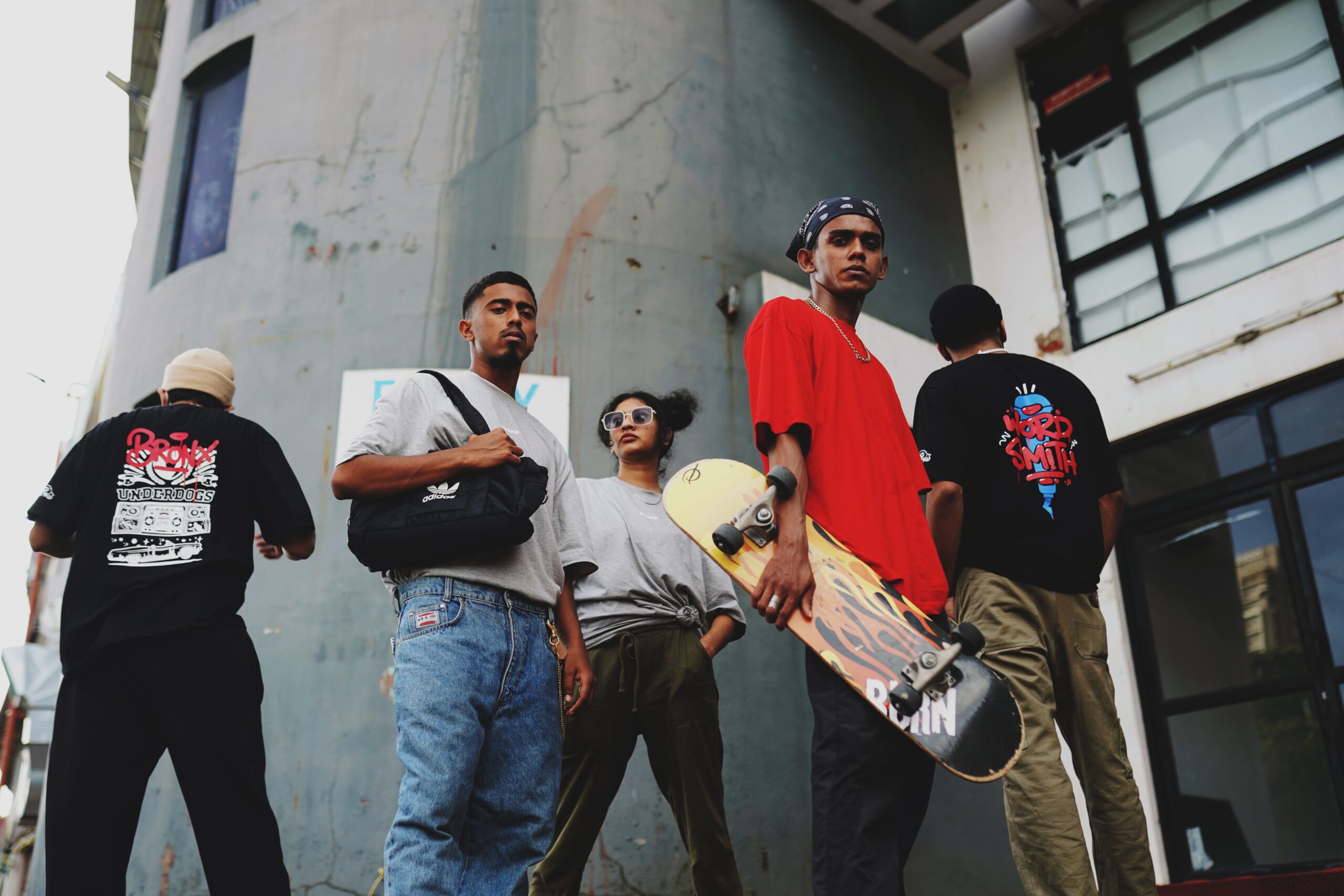
Breaking the gender barrier: Part I. Has advertising become feminist?
26th Feb 2016
With gender equality constantly being featured in the news, brands are jumping on board for the resurgence of third-wave feminism by creating campaigns that challenge stereotypes and fight for female empowerment. Creative Culture takes a look at adverts from around the world to see if the topic is truly universal.
A global issue
In a powerful 2013 ad campaign, the United Nations’ division for women (UN Women) produced a series of adverts that clearly demonstrated the sexism and discrimination that women face, using real Google auto-complete searches. The Autocomplete Truth campaign was launched using a series of print ads in addition to a video, all of which left lasting impressions on their viewers. As Adweek’s Most Shared Ad of 2013 and the Ad Council’s Social Good Campaign of 2013, it helped to put gender equality back on the global map.
No laughing matter
Last year, in honour of the country’s National Women’s Day, writing utensil brand Bic launched a print ad in South Africa. While the aim was to promote “girl power” on this public holiday, the execution was received negatively, with many women feeling insulted by the inadvertent subtext of the message. Cue the brand’s competitor, Stabilo who responded with a post on their Twitter account. Ironically, Stabilo’s product is called “Boss”, so aside from being a non-offensive, female empowering play off of the original, Bic’s phrase “Work like a boss” fit quite well Stabilo’s product range than to its own. While the highlighter brand’s burn was certainly a bit humorous, the difference between the two messages is not.
Clean up your act
It may come as a surprise, but in India, feminist advertising comes in the form of laundry adverts. With 76% of the male population deeming laundry a woman’s job, it was time to take action. In 2015, two major brands launched similar campaigns that called for an end to the stereotype.
In a multi-approach campaign, popular detergent brand Ariel began by launching an advert that asked the question “Is laundry only a woman’s job?” This advert sparked debate on its own, but didn’t prevent the brand from rolling out further activations. They launched a “His & Her” pack – complete with instructions – and paired up with various clothing brands, manufacturers and retailers to include a special addition to the “care instructions” label found within individual articles of clothing. The brand didn’t stop there – online presence was a big aspect of the campaign. Alongside the hashtag #sharetheload, they even went so far as to pair up with matrimonial sites by including a profile filter that allowed users to indicate whether or not they were willing to share the load.
In their advert for a unisex laundry machine, Lloyds took a slightly simpler approach, but the message was just as clear.
Be strong and shine
Inequality in the work place has long been an issue for women around the world, and recent years have seen countries fighting to bridge the “gender gap”. In 2013, Pantene Philippines released their “Be strong and shine” campaign, highlighting the hypocritical stereotypes that women in the workplace are forced to face every day – and making a powerful, universal statement in support of women everywhere.
Imagine the possibilities
Late last year, Barbie went viral. In their “Imagine the possibilities” campaign, the brand reminds little girls everywhere that they can be anything they want to be – if they can dream it, they can achieve it. Though the video is funny and light-hearted, the underlying message is one of (young) female empowerment.
While campaigns like the American #WomenNotObjects (2015) and the French No More Clichés (2016) point out that the objectification of women is still very present in marketing, it’s nice to see that some brands are beginning to speak up. As campaigns become more and more vocal about gender equality, the question begs to be asked – should brands only be focusing on adult women? Mattel gave girls a glimpse of what their future selves could be, but what about breaking the gender norms for children while they’re children? We’ll revist this subject in part 2 of the “Breaking the gender barrier” series. Watch this space!
By Carly Coulter
Always be in the know.
Sign up to our weekly insights and maximise your competitive advantage



